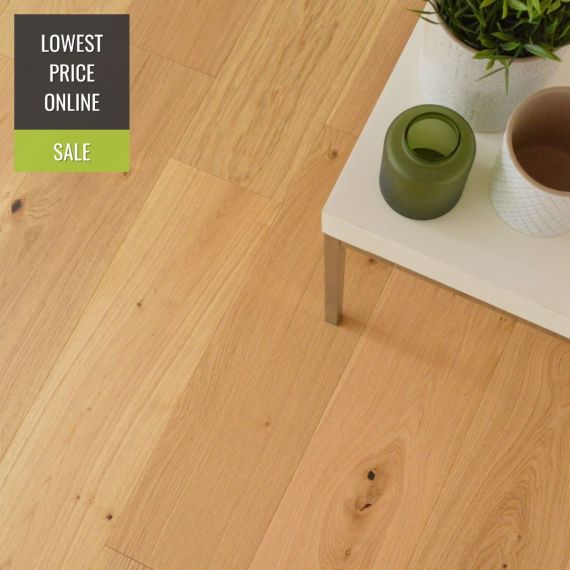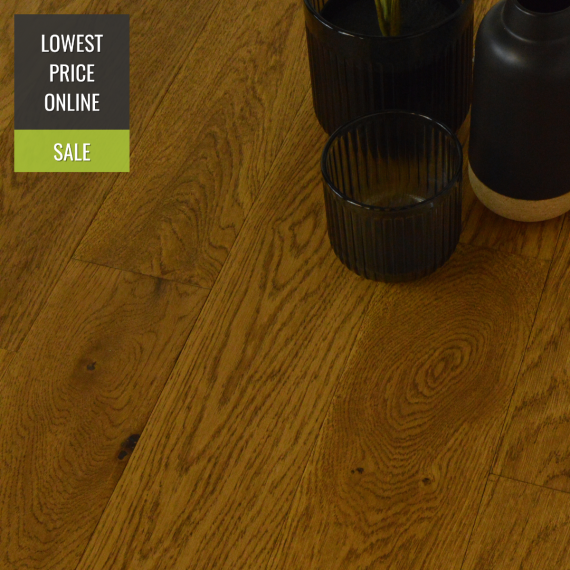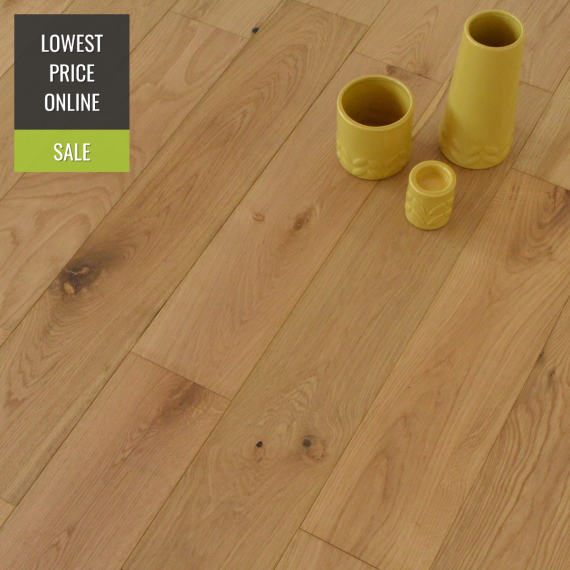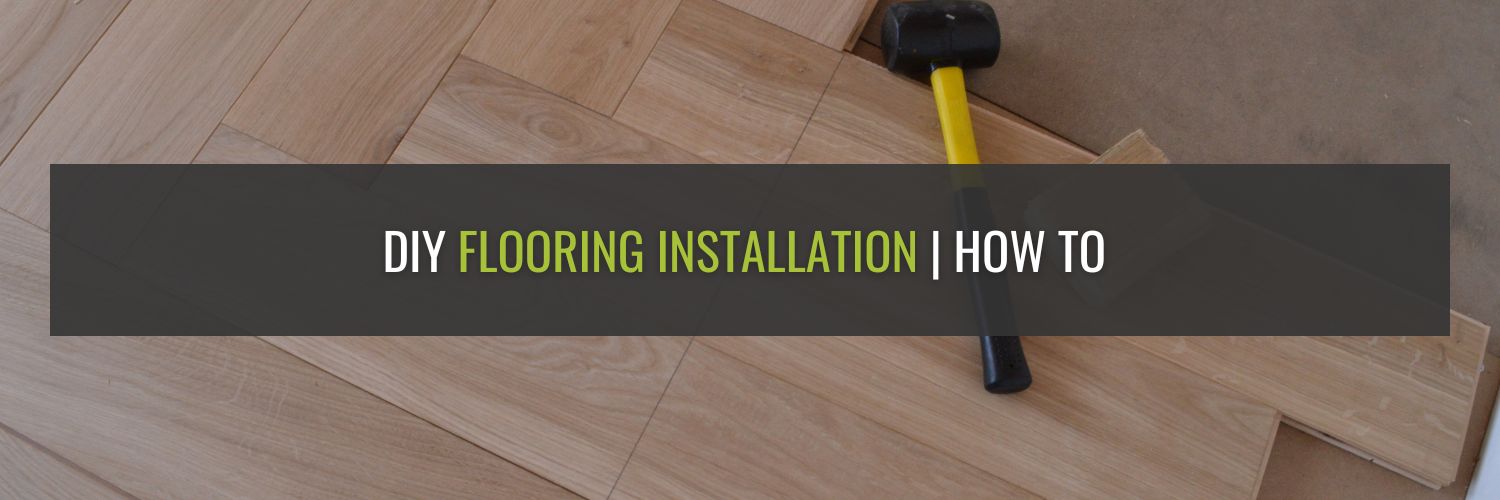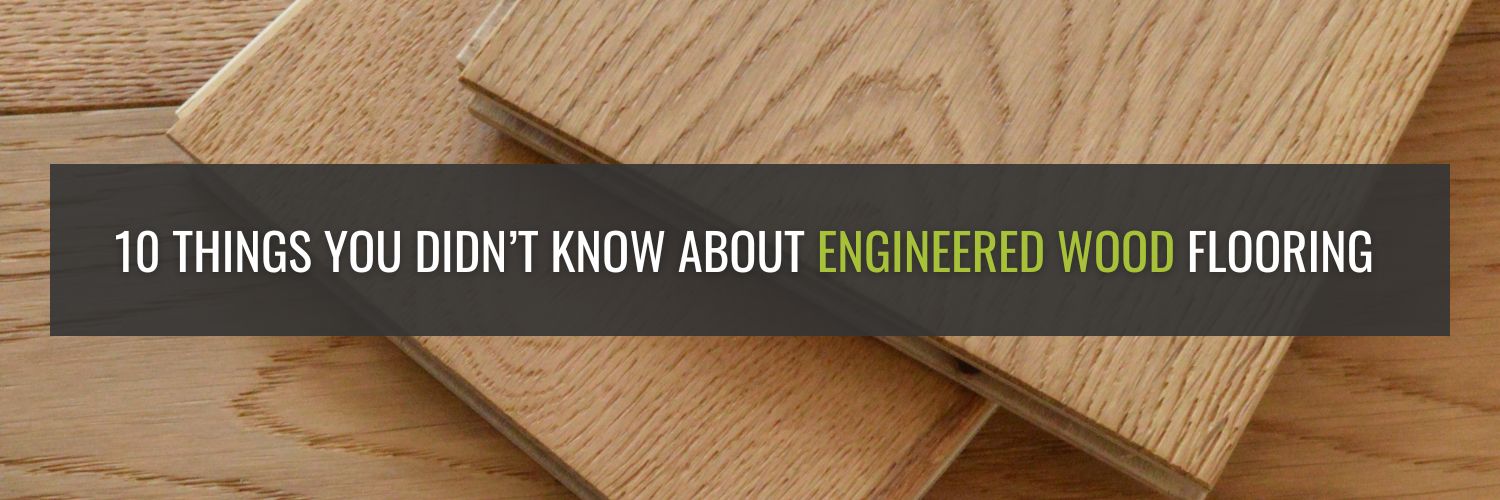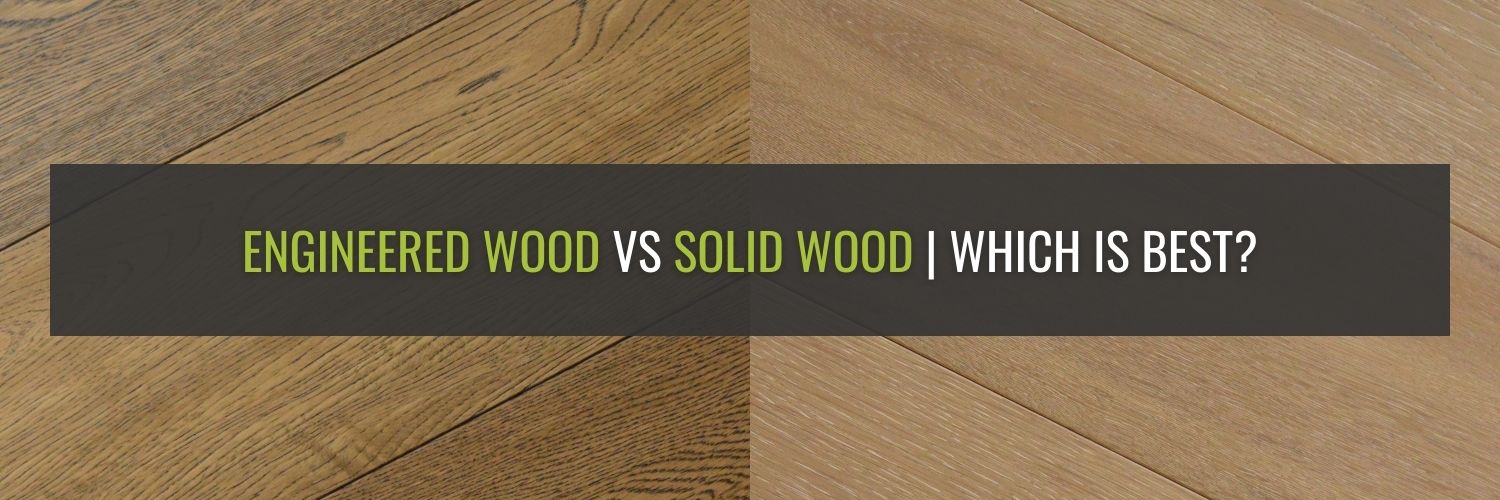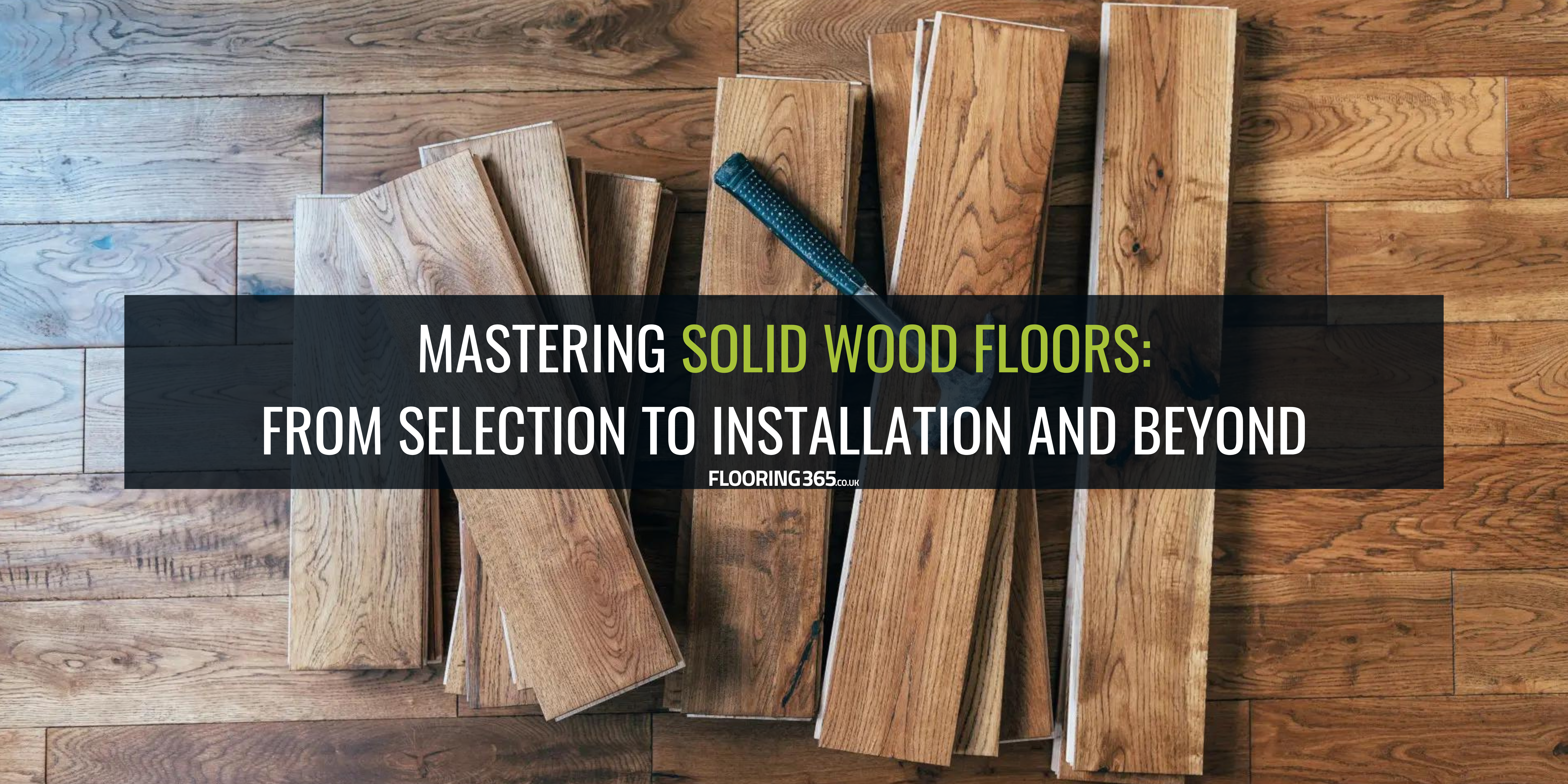We use cookies to make your experience better. To comply with the new e-Privacy directive, we need to ask for your consent to set the cookies. Learn more.
6 Benefits of Engineered Wood Flooring (That Make It Perfect for Your Home)
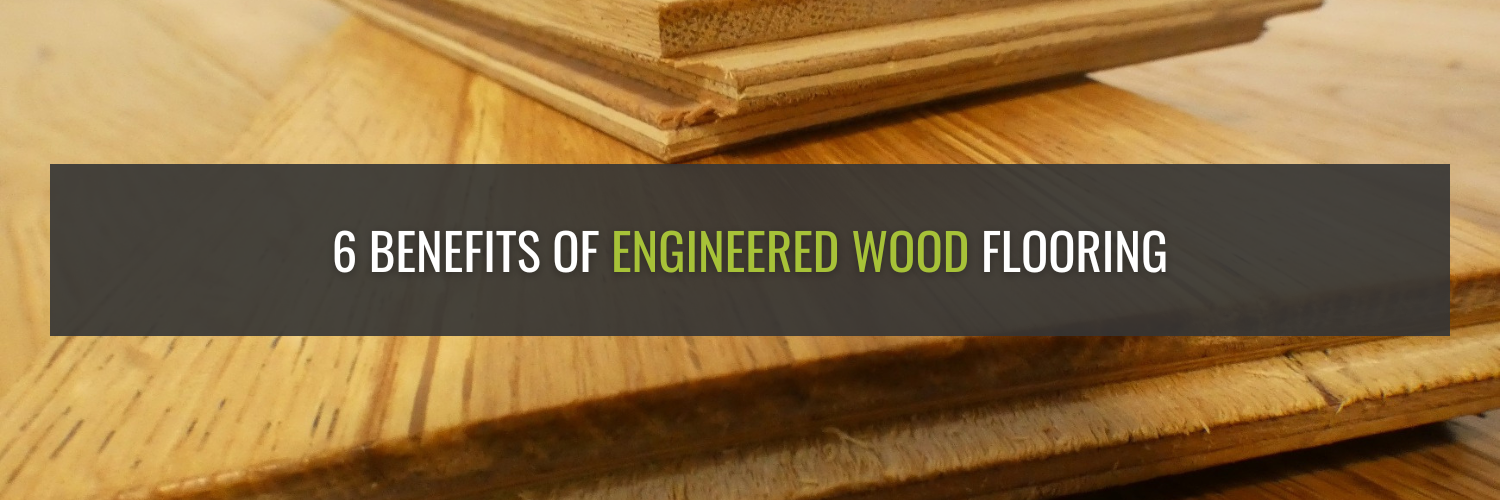
Pairing Quality, Style & Value, We're Sure Engineered Wood Flooring Is Perfect For Your Home. Here Are 6 Reasons Why…
When it comes to flooring there are so many options on the market, with something for everyone. With so many choices though, including solid wood, engineered, laminate, and new luxury vinyl tiles, it can be difficult to figure out which is the right choice for you!
Whilst each has its own pros and cons, the chances are engineered wood flooring will be an ideal choice, offering most (if not all) of the benefits of solid wood and laminate in one.
Here’s just six (of the many) reasons engineered wood flooring is the perfect choice for your home, no matter whether that’s a modern bachelor pad or a busy family home. First though, let’s go over some engineered flooring basics…
Our 8 Most Popular Engineered Wood Flooring Colours (At A Glance)
Our best-selling engineered wood flooring colours really show the variety that's available: here's our most popular...
- Black Engineered Wood Flooring
- Coffee Engineered Wood Flooring
- Golden Engineered Wood Flooring
- Grey Engineered Wood Flooring
- Natural Engineered Wood Flooring
- Smoked Engineered Wood Flooring
- Unfinished Engineered Wood Flooring
- White Engineered Wood Flooring
What’s The Difference Between Laminate Wood Flooring & Engineered Wood Flooring?
Technically, both engineered and laminate wood flooring are composite floorboards, made up of multiple materials, rather than one single wood, such as solid wood flooring. However, that’s pretty much where the similarities end.
Laminate flooring, usually made using high density fibreboard (HDF) with a photographic top layer (imitating wood grains and patterns), gives the appearance of wood flooring, whilst being extremely cost-effective. What’s more, modern laminate flooring can even include extra design features such as bevelled edges, which gives an even greater feeling of ‘real wood’, without the added cost.
Some laminates are surprisingly durable too. Thanks to their fibreboard construction, they can be less susceptible to changes in heat and humidity than solid wood flooring, for example, with some even being suitable for high water areas such as bathrooms (although, it’s always worth checking with the manufacturer and warranty!).
Engineered wood flooring is constructed using multiple layers of structural wood, such as plywood, to create the planks, with a top layer (known as the ‘wear layer’) of real wood. This gives an extremely strong, hard-wearing, and long-lasting flooring, that’s easier to lay than solid wood flooring, with a resilience to humidity and temperature changes.
The top layer of real wood means engineered wood, to the naked eye looks identical to solid wood flooring, offering an unrivalled finish, albeit at a slightly higher cost than laminate.

Which Is Better, Laminate Flooring or Engineered Wood?
As always, it depends. There are many factors to consider before choosing between laminate or engineered wood flooring (or any other type of flooring for that matter), generally though, if you’re looking for a true wood floor appearance, you’ll not find much better than engineered wood. On the other hand, if you’re working to a tighter budget, then laminate flooring will give you the look of wood at a lower cost.
It's worth also considering how long you’ll want your flooring to last, with thicker wear layer engineered wood flooring outlasting thinner laminates by many years.
What Are the Alternatives to Engineered Wood Flooring?
We’ve already looked at laminate as an alternative to engineered wood, but what are the other options on the market?
Solid Wood Flooring
Solid wood, as the name suggests, is made up of single pieces of wood such as Oak or Walnut. Although it offers a more ‘authentic’ experience to engineered wood flooring, the truth is, the appearance of both is identical. Solid wood also requires a little more preparation and TLC to keep it in top condition.
Luxury Vinyl Tile (LVT)
LVT has really improved over the last few years, with modern luxury vinyl tiles offering a fantastic alternative to all types of wood flooring, from solid wood to laminate; often being the preferred choice in high-water areas such as bathrooms, shower rooms, and kitchens.
It’s easy to cut and fit, making it accessible to most DIY enthusiasts, and doesn’t break the bank. As with laminate though, it imitates the look of wood flooring, without necessarily replicating the feel as well as engineered.
6 Benefits of Engineered Wood Flooring
It’s Easier to Fit & Maintain
Engineered wood flooring brings the natural beauty of solid wood, with the ease of fitting laminate, thanks to the composite construction. The plywood sublayers (which make up the core structure) can be bought in tongue and groove, or Click Lok, meaning laying them doesn’t require the laborious, time-consuming effort of flooring from years gone by.
As well as this, as engineered wood only has a wear layer of wood (rather than the whole plank) it needs much less acclimatisation (where boards are stored in the room they’re to be laid, prior to fitting, helping them adjust to the temperature and humidity). This reduced acclimatising time is often an important factor in choosing engineered flooring as most people are looking to fit their floor within a few days.
With different finishes available, such as Matt Lacquer and Oiled, there are plenty of options that offer easy maintenance too. Couple this with a ‘sandable’ wear layer and you’re left with a floor that’s easy to look after and refresh over the years.
It Has an Authentic Quality & Feel
Thanks to its real wood top layer, engineered wood flooring offers all the look and feel of solid wood without the heavy cost.
Sure, laminate flooring will usually work out cheaper, but we think it’s worth the slightly higher spend for a true, wood floor finish and touch. Brushed, unfinished, aged, and handscraped top layers can really set your flooring apart from any laminate on the market, adding an extra touch of authenticity and elegance.
It’s Budget Friendly
By using a composite sublayer, engineered wood flooring maintains all the strength and integrity of solid wood (in most cases, enhancing it) at a much more budget-friendly price point.
Essentially, with solid wood flooring, you’re paying a premium to use the same type of wood throughout the board, whether it’s seen or not! Although this does have some advantages, it doesn’t make sense if you’re looking to save money; somewhere engineered flooring offers the best of both worlds.
There’s Plenty of Style Options
Ultra-modern, minimalist, traditional, or classic with a twist, no matter what your style is, there’s an engineered wood floor for you.
As a rule of thumb, whatever style or finish can be bought in solid wood, can also be bought in engineered too. Whilst this is pretty much the same for laminates and LVT, they do have more options other than wood, such as tile and stone patterns.
A few things to consider when choosing your wood flooring style: firstly, the finish of the wood, with aged and distressed boards giving that vintage, ‘worn’ look, through to unfinished and matt lacquers, which deliver a sleek, contemporary edge.
Secondly, if you’re considering laminate over engineered wood, remember, there can be substantial differences in the photographic layer, meaning higher quality flooring will usually look more like the real thing.
It Can Be Used with Underfloor Heating
Engineered wood flooring can be used with most water-based underfloor heating, which makes it an ideal choice for family homes or those looking for a modern, decluttered look, keeping warm, without the need for radiators.
It’s worth remembering that, if you’re thinking about engineered wood flooring and underfloor heating, a thinner overall board thickness will help heat transfer into the room from below more effectively.
It Has More Options
Although most wood flooring types are available in a multitude of sizes and thicknesses (even more so as the manufacturing process develops), engineered wood flooring often has much more options, especially in width and length.
As solid wood flooring needs to be the same wood throughout, larger sizes such as Super Wide (291mm) are much harder to create. With engineered however, it's much more achievable, as it’s only the wear layer that needs to be so large.
This can be a major choice factor for those looking for contemporary, wide floorboards.
(Bonus) It’s Great Value for Money
As engineered wood flooring is one of the most popular flooring types on the market in the UK today, it's incredibly good value for money!
These days, there are engineered flooring choices in the sub £20 per square meter bracket.
Conclusion
As you can see, engineered wood flooring offers some great benefits and will really enhance the look and feel of your home, especially if you’re looking for an authentic wood finish, without breaking the bank; after all, engineered and solid wood floors look identical to the naked eye.
We hope we’ve shown that, although it’s technically a composite floorboard, that doesn’t mean a compromise on quality, with most engineered floors being as strong, if not better than their solid counterparts.
So, there you have it, the look, feel, quality, and design options of solid wood flooring, with the budget and ease of fitting of laminate; what’s not to love?
If you’re considering engineered wood flooring for your next project, but you’re still unsure what to choose, call our team today; we’re always happy to help! Alternatively, leave us a message in the comments section underneath, and we’ll reply as soon as we can.
Don’t forget to share this blog with your network using the buttons below!
6-benefits-of-engineered-wood-flooring-that-make-it-perfect-for-your-home




